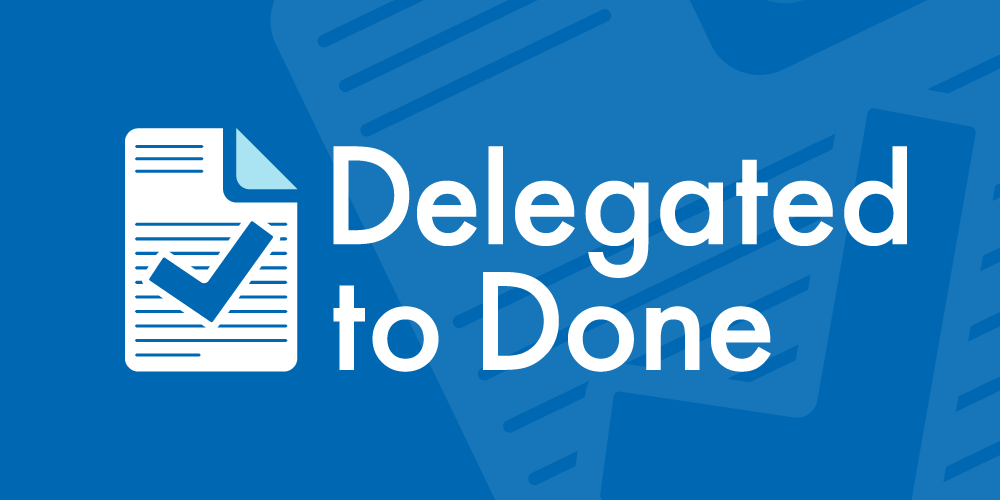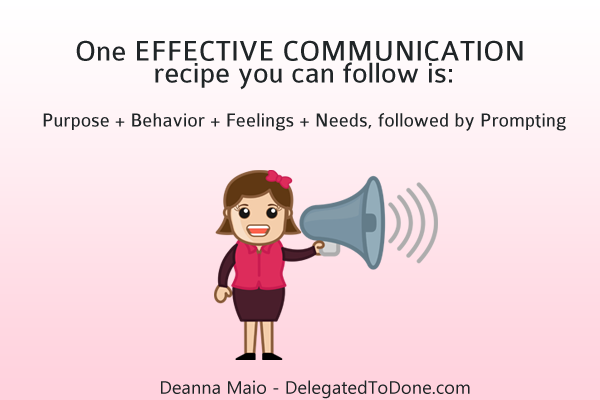Mastering effective communication is a two-way street. But by paying attention to our own side of any conversation in the office we should be able to get our desired outcome.
One effective communication recipe you can follow is:
Purpose + Behavior + Feelings + Needs, followed by Prompting
- State your purpose
- Describe the situation or behavior in neutral terms
- Describe your feelings
- Explain your needs due to this situation
- Prompt the listener to respond to you
Let’s look at each of these elements in turn.
State your purpose
This is the reason why you are having the conversation. “I’d like to run some ideas by you about X,” or “I need to discuss Y with you”, can get the communication started efficiently.
Describe the situation or behavior in neutral terms
If things are going well, or badly, in your opinion, still try to stick to neutral remarks. “I’ve noticed Z recently,” Or “Things have changed since our last meeting. Now are going to need to do B by C date.”
Describe your feelings
Add a brief point about the situation that can establish a rapport with the listener. “I know how hard we’ve all been working”, or “I’m aware that this is going to cause problems for some people in your department.”
Explain your needs due to this situation
Decide what sort of outcome you are hoping for as a result of the conversation. If you wish for improved performance, or them agreeing to work longer hours to help fulfil a rush order, state the need clearly.
Prompt the listener to respond to you
There are a number of prompts you can use, such as, “What do you think?” or “Does that sound possible?” For more important issues, you might wish to offer them time to think about what you’ve just said and meet again to work through the situation.
Let’s look at a scenario in which effective communication is key.
In the first, the manager is concerned that his best worker is not performing up to their usual standard. Using the formula, they could say:
“I’ve noticed some issues with your work recently that we should discuss. Last week I asked you for X before our meeting but never received it. I’d like to help find a solution to any issues you might have that I’m not aware of. It’s important that this project run smoothly. Can you tell me what happened?”
At the end of the conversation, you can then take appropriate steps that the two of you agree are fair and effective. Listen to their side, sum up what you hear, and use that as the basis for your next interaction.
“So you’re telling me that you didn’t give me X before the meeting because the head of department came to your desk and asked you to do something else. By the time you were finished, the meeting had already started. I know this put you in a tricky position because he is more senior than me. On the other hand, the work you were doing for me had a clear deadline. Our project is very important, so we need to get everything done on time and within budget. How should we handle it if this situation happens again?”
[Tweet “Don’t just use the formula yourself. Teach it to others and see what a difference it can make to efficiency and effectiveness in your team and in the company as a whole.”]
